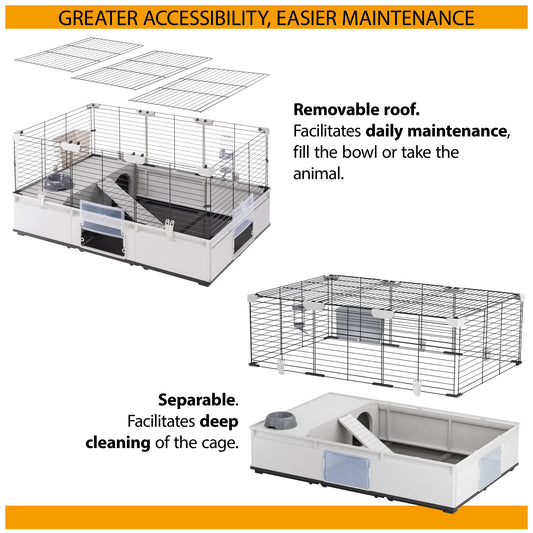The nutritional needs of animals change as they grow, and in recent years, pet food manufacturers have developed life-stage diets to fulfil these changing needs. From puppies and kittens to senior cats and senior dogs, you can now find complete balanced diets tailored to a pet’s life-stage, but how do you know when your cat or dog is ready to make the switch to senior?
Senior foods
Senior foods are complete diets that are nutritionally balanced to match the changing needs of animals as they age. Older cats and dogs are generally less active and so are at risk of becoming obese if their calorie intake continues to be as high as it was when they were younger and fitter. It is more important than ever to ensure your pet is at a healthy weight in their senior years so that they can live as long – and as pain-free – as possible.
Added extras
Many brands of senior food will have been formulated to include vitamins or supplements specifically beneficial to older animals, such as those used to support ageing joints, the immune system, and heart and kidney health. Senior foods also tend to be easier to chew and are made more palatable to entice oldies that might have weakened senses of taste and smell.
Individual choice
There is no set age at which an animal becomes classed as a senior in diet terms – just like humans, the ageing process differs between individuals. Generally, for cats, you would be looking to change their food when they are about seven years old. At around this age it becomes necessary to maintain a cat’s bodyweight to slow or prevent the onset of age-related chronic disease.
With dogs, it is more difficult to pin-point old age as it really depends on their breed and size. The general rule of thumb is that the bigger the dog, the sooner they reach senior age. For example, a very small Chihuahua might not need to change to senior food until 12-15 years of age, whereas a giant Great Dane could require a senior diet from as young as six years old.
If you are unsure about what is best for your own cat or dog, speak to your vet who can advise you on the most suitable diet for them.
Tips for making the switch:
- Before making any changes to your pet’s diet, it is wise to consult your vet for advice.
- Most of the big brands of complete food offer a senior variety and your pet might have a smoother transition switching to the senior version of their existing food.
- As with any change in food, it should be done gradually over several days to prevent stomach upset. Start by feeding just a quarter of the new food with three quarters of the old, then feed 50/50 for a few days before upping the amount of new food and reducing the old until your pet has transitioned completely on to the new food.
- As your pet reaches old age, they may prefer to eat smaller meals more often and – in the case of large dogs – may find eating more comfortable if their feeding bowls are raised.
Don't forget to check out our senior dog and senior cat food selection.
If you found this article interesting, why not check out:









